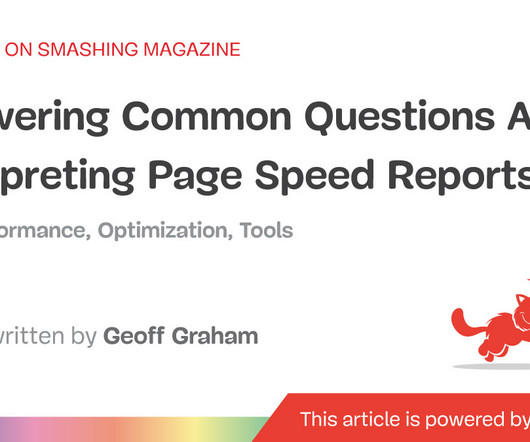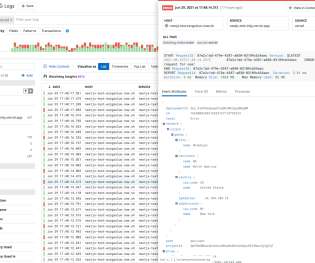How We Optimized Performance To Serve A Global Audience
Smashing Magazine
AUGUST 3, 2023
It increases our visibility and enables us to draw a steady stream of organic (or “free”) traffic to our site. While paid marketing strategies like Google Ads play a part in our approach as well, enhancing our organic traffic remains a major priority. The higher our organic traffic, the more profitable we become as a company.

















Let's personalize your content